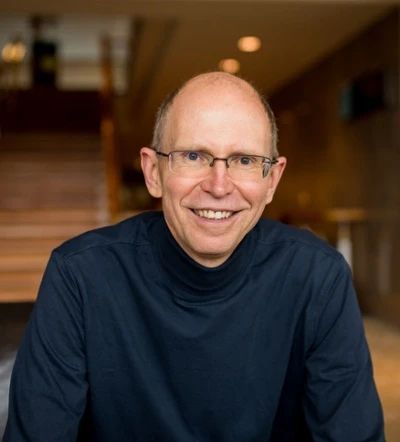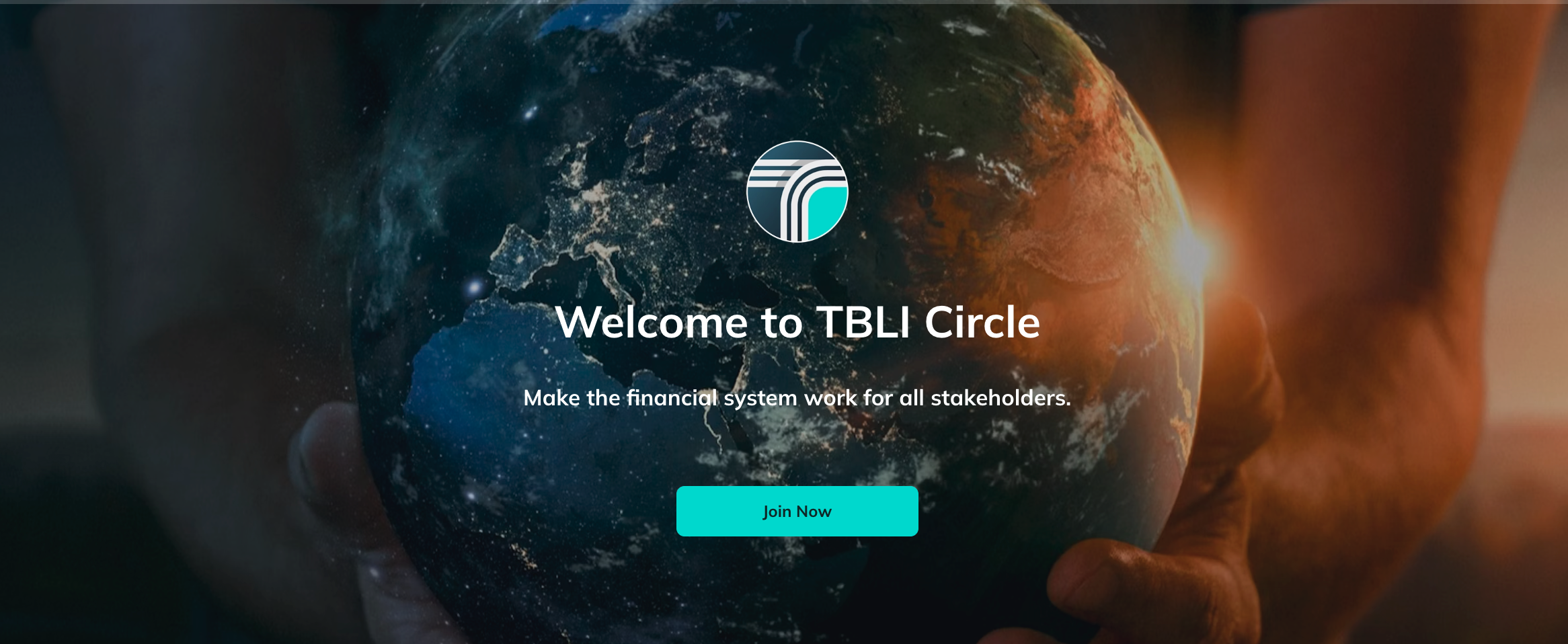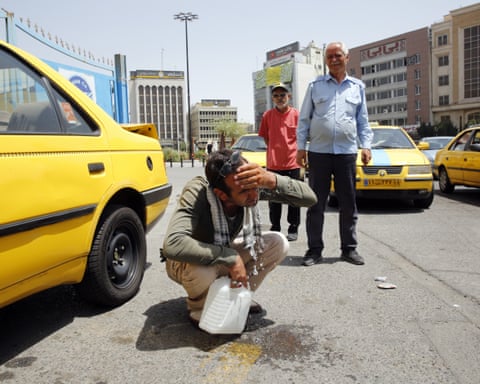What is a social enterprise, exactly? In this socially conscious age, when the corporate vocabulary is awash with acronyms such as ESG and CSR, there is a greater focus on how organisations impact the economy and society more broadly.
In this rush to orient business closer to people and purpose, the true meaning of a social enterprise has perhaps been overlooked.
Or worse, lumped into the category of business buzzwords that do little to capture the far-reaching capability inherent in an enterprise that puts social first and foremost.
Taken out of context, the phrase ‘social enterprise’ might sound abstract to anyone outside of the business sphere.
Perhaps they have a vague notion that these enterprises sit somewhere between charity and the traditional business model but are unsure of their full remit.
A social enterprise is defined as a ‘trading business selling goods and services to achieve a social or environmental goal’.
More to the point, it is an enterprise built on the principles of working day and daily to impact change, reduce economic inequality, enhance environmental sustainability, transform lives and ultimately solve problems at the root.
Social entrepreneurs want to change the conditions that create inequality or injustice in the first place.
As an umbrella group of social enterprises, we are dedicated in the mission to help create a prosperous, inclusive economy for Northern Ireland.
The WiB Group now impacts more than 250,000 people across Northern Ireland and beyond through empowering networks and training programmes.
Through Women in Business, Diversity Mark, Timely Careers and the Centre of Learning, The WiB Group is committed to driving positive change through connections, accreditations, employment opportunities and skills development.
Moreover, we are continually striving for sustainable, systemic progress that leaves its mark and ultimately makes a positive impact.
Working collectively towards an economy built on the pillars of inclusion and prosperity is imperative.
Across our four social enterprises, The WiB Group is very much at the coal face.
Together we are addressing the acute needs for bespoke support, raising the bar for workplace equality and inclusion and delivering tools and training to equip women returning to the workforce.
Today, social enterprises make up around 3% of businesses globally, and notably, one in two are founded by women, flipping the traditional gender gap in entrepreneurship. However, challenges remain.
Many are young, underfunded and undervalued, particularly here in Northern Ireland.
Retaining talent while managing tight budgets, not to mention balancing mission and business realities, is a constant battle.
Nevertheless, these challenges are worth it in the long run as we push forward to a better future.
Empowered by a business model that consistently strives for meaningful impact and transparency.
The modern social enterprises are defined by this purpose, all in the name of enhancing the common good within the world of business.
Source

.jpg)

-1.png)
.jpg)





